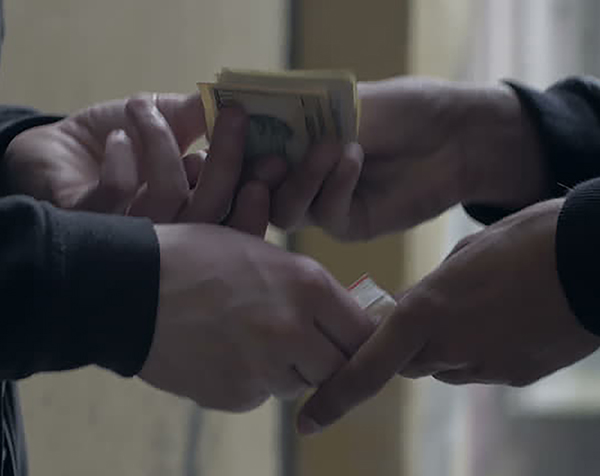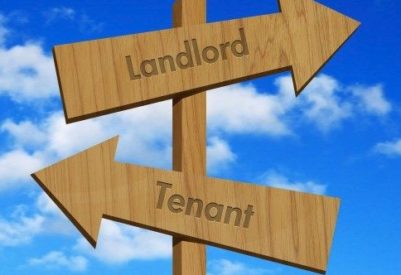
BY TIANNA MANON
Drug use and dealing continue to plague the city of Rochester.
In 2015 there were 95 heroin-related overdoses, according to the Rochester Police Department and last year, four heroin-related overdoses in two days made national headlines.
The Rochester Police Department states much of the heroin and other drugs come from inner-city neighborhoods. But why do open-air drug markets exist?
Assemblyman David Gantt believes part of it begins with the lack of opportunity for young people, locally. And because of that, they end up turning to other ways to secure income.
“Everyone thinks, they can go to college,” Gantt said. “We used to have training programs,”-- pointing to trade programs that taught skills at schools like Edison Technical High School.
“For significantly less, than the average $30,000, per year to attend an accredited four-year college and for free at many area high schools, students could learn trades like plumbing or becoming an auto mechanic,” he said. “Now look at Edison, they don’t have much left. And combined with a low graduation rate, local students have few options.”
Conkey Avenue Resident Louisa King agree, young people have little opportunity to succeed in the city and added, “We forget sometimes these are people who believe they’re making the most of a situation.”
She said, her mother raised her in the area and she wanted her neighborhood to be a community space, which is why she stayed.
“They don’t see themselves as the bad guy all the time, because they’re helping their mom pay bills or they’re actually taking care of their kids,” said King
“I could tell them it won’t get them anywhere,” adds Gantt--who said he himself grew up impoverished and understands the pull of fast-money, though he added this money comes with so many issues it’s ultimately, not worth it.
He said the faces of the open-air drug dealing or the people we see on the street corners selling the drug, often aren’t the top money-makers. It’s the person supplying their drugs that is making more money and gets to avoid a lot of the risk that comes with street dealing.
City Council member Loretta Scott remembers visiting the area of North Clinton Avenue, where open-air drug dealing isn’t hidden any more.
In various locations from nearby gas stations to local parks and intersections dealers often approach cars selling drugs like heroin, marijuana and more.
She recalls a tour, in a June interview with Southwest Tribune saying: “It was like a war zone.”
She described the concrete barriers erected along a park on a North Clinton Avenue to prevent users from pulling over and using there. And remembered how she couldn’t get past the image of residents having to sacrifice the use of their public space, in such a way to prevent users’ access.
However, residents haven’t been taking this lying down.
From reporting lower-level dealing to cops, to partaking in documentaries and community discussions it’s clear residents want to take back their neighborhoods
“We have to,” said King. “Sometimes I just sit on my porch. It doesn’t have to be anything more than that. Walk your dog or go for a run, but do it here. Once we use our spaces there will be less space for them.” “We must add accountability,” said Gantt, who stressed the need for neighbors to make it clear these actions wouldn’t be tolerated. Ultimately he added, relying on officials and law enforcement are only responses; they don’t prevent the dealing.





